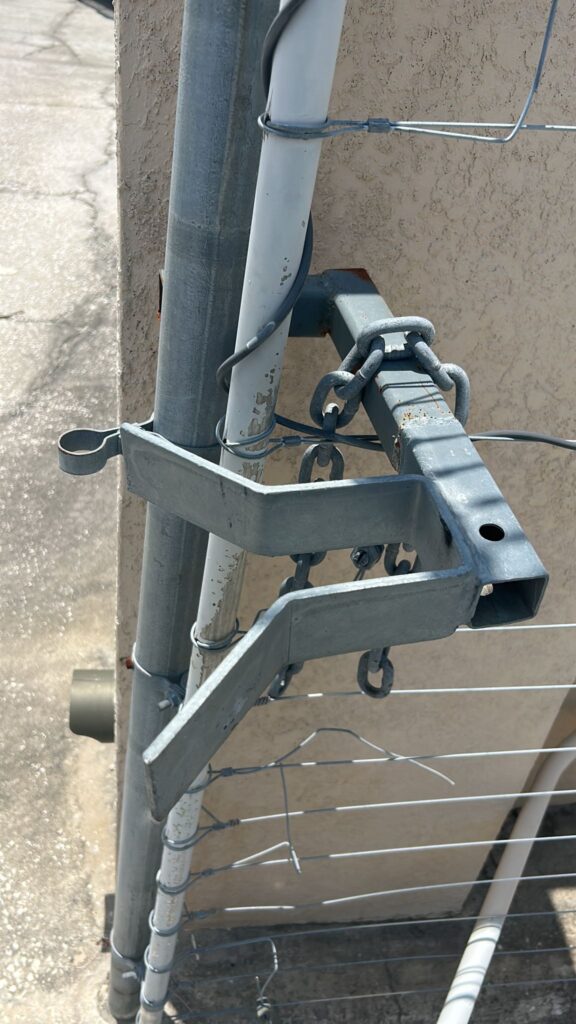Springs Repair: A Comprehensive Guide
Introduction:
Springs are an essential part of a variety of mechanisms, from car suspensions to trampolines. It is important to be able to repair them, in order to keep them working effectively and safely. This guide will provide a comprehensive overview of springs repair, so that you can diagnose and fix any issues you may be having.
Types of Springs
Springs come in a variety of shapes and sizes, and they can be made from a range of materials. The most common types of springs are compression springs, which are cylindrical in shape and made from metal wire. Extension springs are similar, but they have hooks at either end which can be used to attach them to other objects. Torsion springs are wound in a helical shape and can be used to store energy.
When selecting a spring for use in a particular mechanism, it is important to consider the purpose of the spring, the weight it will need to support, and the amount of space available for installation. It is also important to check the spring’s specifications to ensure it is of the correct size and type for the job.
Tools for Springs Repair
In order to repair springs, you will need a few basic tools. These include pliers, a wire cutter, a spring tension tester, and a caliper. It is also important to have a selection of replacement springs of various sizes and materials, so that you can replace any damaged parts.
When using these tools, it is important to take safety precautions. Wearing protective gloves and eyewear is recommended, and you should never attempt to stretch or compress a spring beyond its recommended parameters.
Diagnosing Issues with Springs
In order to repair a spring, you must first diagnose the issue. Common issues include broken wires, corrosion, and misalignment. Broken wires can be identified by visual inspection, while corrosion can be detected by examining the spring for signs of rust. Misalignment can be checked by measuring the spring with a caliper and comparing the measurements to the manufacturer’s specifications.
If the issue is not immediately apparent, it may be necessary to test the spring for tension. This can be done by suspending the spring between two objects and measuring the force required to compress or extend it.
Replacing Damaged Springs
Once the issue has been identified, it is time to replace the damaged spring. This can be done by removing the old spring and installing the new one in its place. It is important to ensure that the new spring is of the same size and type as the original, and that it is installed correctly.
When replacing a spring, it is also important to check the other components of the mechanism for signs of wear or damage. Tightening or replacing any worn or damaged parts can help to ensure that the mechanism continues to function effectively.
Conclusion
In conclusion, repairing springs can be a tricky task. However, with the right tools and knowledge, it can be done safely and effectively. This guide has provided an overview of the types of springs, the tools required for repair, and the steps involved in diagnosing and replacing damaged parts. With this information, you should be able to repair any springs with confidence.

